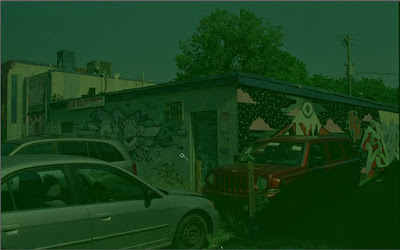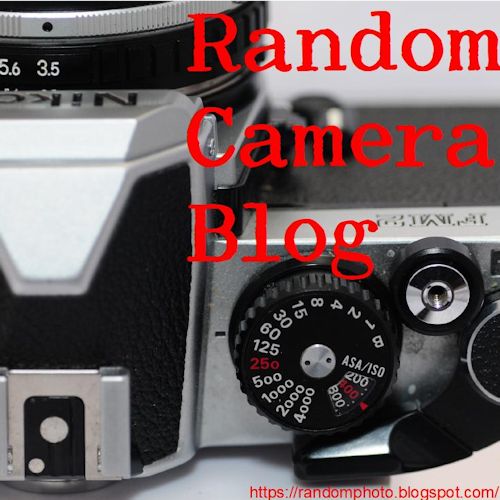 |
| The new Harman Phoenix II |
In 2023, we had the experience of seeing a truly new color film, and from all possible companies, no one would have expected Harman, best known for producing Ilford B&W films. But in anticipation of that new film, we were given teasers from Harman, as the slow burn began and Phoenix rose into the photographic world. Initial reactions to the Phoenix color film were mixed, with many finding fault of its narrow latitude, and the lack of a traditional orange mask. I found that if it was shot in overcast conditions, it was better behaved. I also figured out that it was better to scan the negatives as transparencies (positives) and then invert the images to get better color rendition. That eliminated the possible problem with the lack of an orange mask. I do my scanning with an Epson Perfection V700 Photo scanner, not rephotographing with a digital camera. I do know that my results were better with my second roll, since I was more careful in choosing the lighting situation.
Well, here we are in July, 2025, and Harman has introduced Phoenix II. It's rated at ISO 200, and is DX-coded on the cassette. I shot it at box speed with my Nikon FM3A and a 35mm f/2 Nikkor. I mostly shot on a sunny morning in West Asheville, because it's full of colorful murals and signs, and what better way to test color film?
I developed the roll myself, and used my FPP Universal Color kit, which I have used for other C-41 films with success, although it was designed for ECN-2 films.
I was a little apprehensive when I opened the developing tank -- hoping that I got decent results. I had images, alright, but the negatives were "thin" and very purplish. I hung the film up to dry, and they looked a bit better when I was about to put them on the scanner. Still, they looked underexposed or underdeveloped, and maybe it was due to the developer already having done 14 rolls of film. Maybe not.
 |
| the sheet of negatives |
I scanned the negatives as "positives" like before, because when I tried scanning as negatives, they were green mud. After the scan was complete I opened the images in Paint Shop Pro on my Dell, and selected "negative image" which gave them a positive, albeit a very green images. I then selected fade correction, and voila! They looked almost normal. I did tweak them further for a bit brighter image in some cases. In the end, they had very punchy colors, especially the greens.
 |
| positive image scan |
 |
| inverted to a real positive |
 |
| after applying "fade correction" |
While the colors are quite vibrant, the film definitely has a bias towards greens. Perhaps it was my developing in ECN-2 chemistry that was getting weak. Next roll, I'll send off for development if just to compare. Roll 2 is currently in my Nikon F75, and I'll update later if the results are different.
Scanning technique and post-processing is definitely important, and in the end, I was fairly happy with the results. This is not a simple film to work with. There is a definite improvement in shadow detail over the initial version of Phoenix. The punchy colors are really something, and I like them a lot. This is not your Gold 200.
There is some halation blooming in pinpoint reflections, as you can see in several frames. Definitely green dominant, but other colors are quite saturated, too. Who will this film appeal to? I think that anyone wanting something a bit different - and this is still an experimental film - will find Phoenix II attractive. I'll need to shoot roll 2 and get it professionally processed to better evaluate it. If you are looking for a film that has punchy colors and a different look from the typical C-41 films, you should give Phoenix II a try.
I congratulate Harman on sticking with this and not binning the project. We need more film choices, and not just rebranding existing film stocks. Phoenix II is certainly not perfect, and I hope that Harman keeps making it better. Making color film is not an easy task, and the fact that Harman is doing so is deserving of your support.
Here are some of the shots from this first roll.
Overall, despite the developing/scanning steps, this is a very likable film.












































